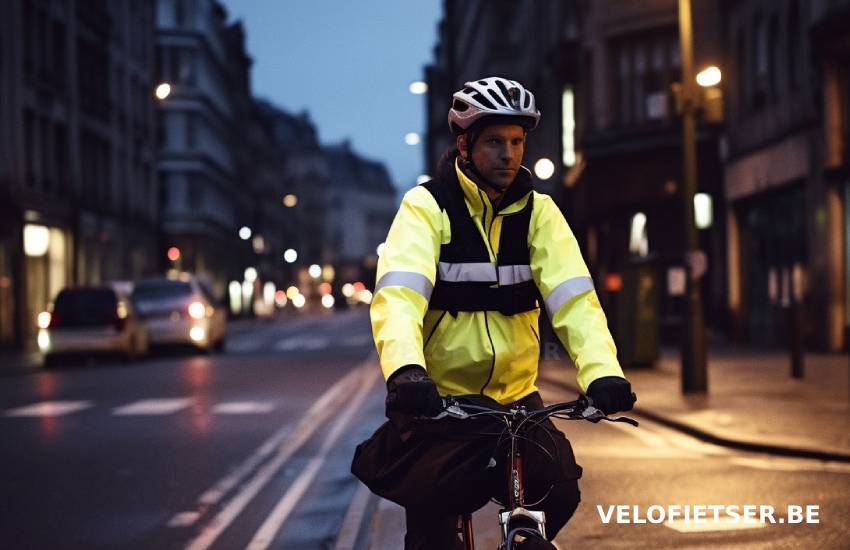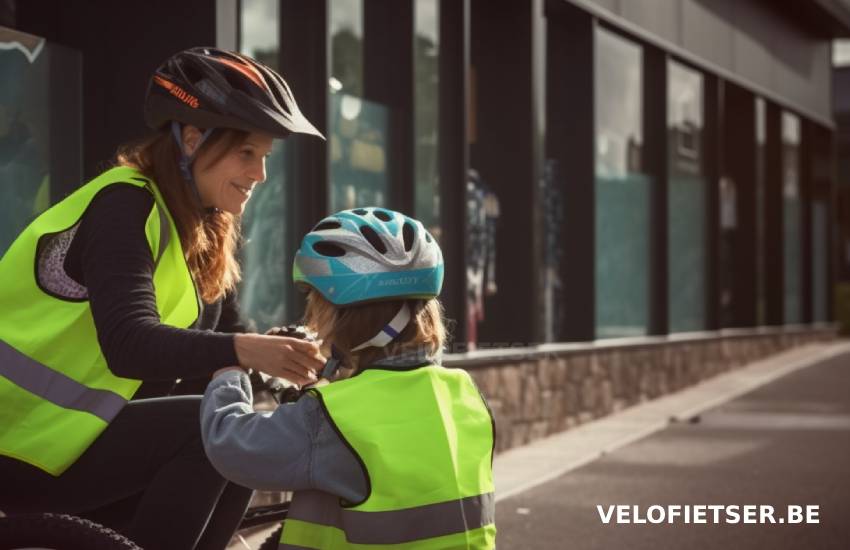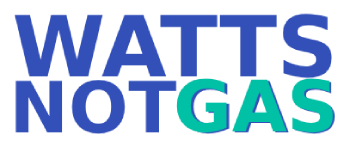Quick search
In biking-country, where cyclists navigate their way through historic cities and rolling countryside, safety is a top priority. Reflectors are essential and mandatory in this regard. But what are the standards and certifications that these reflectors must comply with? What are ISO standards, and how do I choose the right reflector – as a reflector or as a safety vest?
The importance of reflectors
It’s not just a matter of being visible, but also legally protected. Cyclists must be equipped with a white or yellow reflector at the front and a red reflector at the back. These simple measures can make the difference between being seen or overlooked in traffic. It can also lead to a fine.
European standards for reflectors
Europe has established various standards and certifications to ensure the quality and effectiveness of reflectors:
- EN ISO 20471: This standard is specifically for high-visibility clothing for professional use, such as firefighting, road works, and port workers. There are three classes within this standard, with class III providing the highest level of protection. This is based on the area of fluorescent and reflective material used.
- EN 13356: This standard is for accessories that can be attached to the body. There are three types: hanging, removable, and mountable accessories. Each type has a minimum requirement for reflective material.
- EN 1150: Specific to non-professional high-visibility clothing. This standard requires both fluorescent and reflective material and offers more design freedom than EN20471.
- EN 17353: Introduced in October 2020, this standard replaces EN13356 and EN1150. It sets out the requirements for visibility accessories for non-professional use and distinguishes different types based on the use of fluorescent and/or reflective material.

Certification of Reflectors
Certification ensures that a product complies with established standards. Companies like Wowow and Pesso have certificates demonstrating that their products meet European standards.
This means that when you purchase a reflective product with such a certificate, you can rely on its quality and effectiveness.
Bike Reflectors
Although reflective vests are not mandatory, they are certainly recommended. Reflective accessories such as vests, armbands, and backpacks are especially useful during the dark winter months and in urban areas where lighting may not be optimal.
In theory, you should have a reflector at the front and back. But safety is paramount, so a good fluorescent vest or some reflective stickers, or a fluorescent vest with reflective lines, may be a better choice.

Tips for Choosing the Right Reflector
- Quality over Quantity: Opt for products that are certified according to European standards.
- Fit: A well-fitting reflective garment or accessory is more effective than a loose item.
- Maintenance: Keep reflective items clean. Dirt can diminish their reflective properties.
To make it easier, we’ve conducted our own comparison of the best reflectors and the best reflective vests for cyclists. Here, you can learn more about the products and their certification.
Our Opinion on Reflectors for Cyclists
Reflectors are crucial for the safety of cyclists. By opting for high-quality, certified products, you ensure your own safety and that of others on the road. So, the next time you cycle through the EU streets, make sure you shine and stand out!

